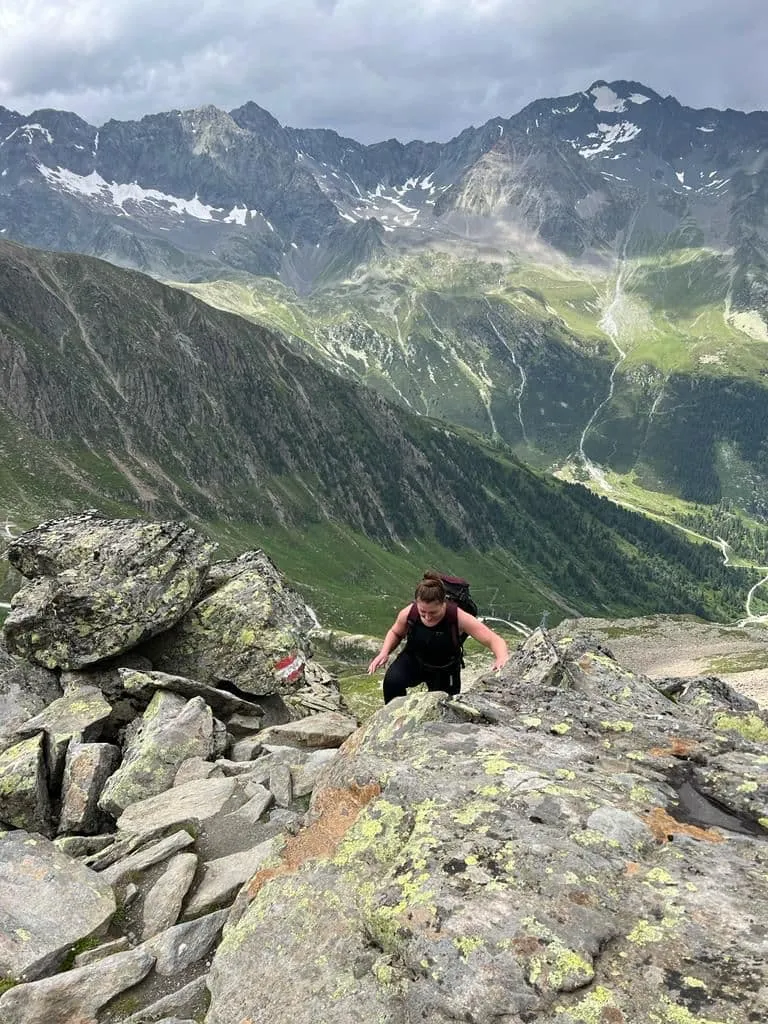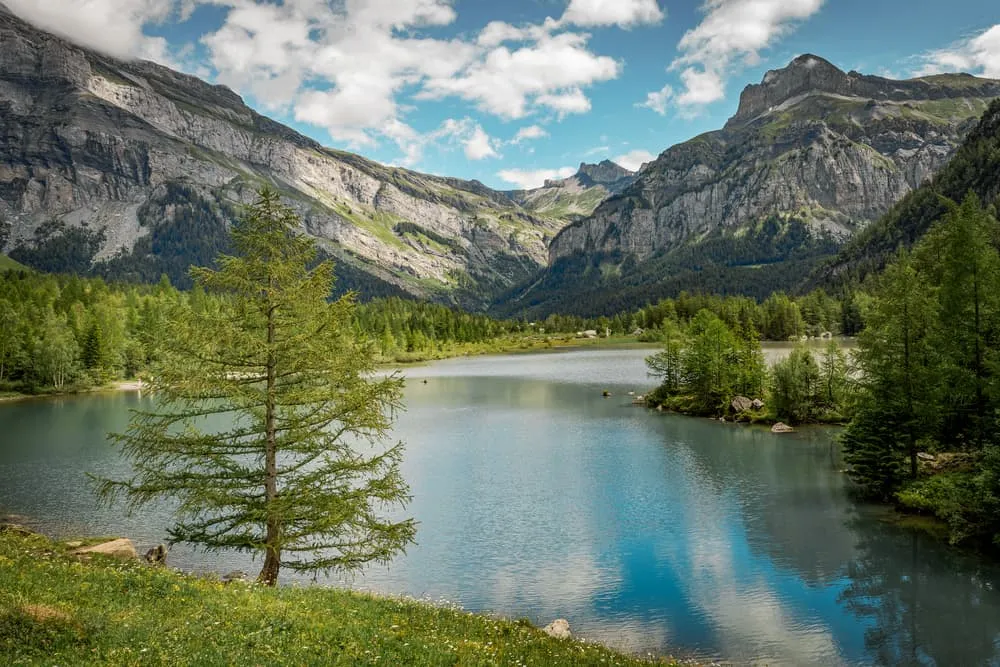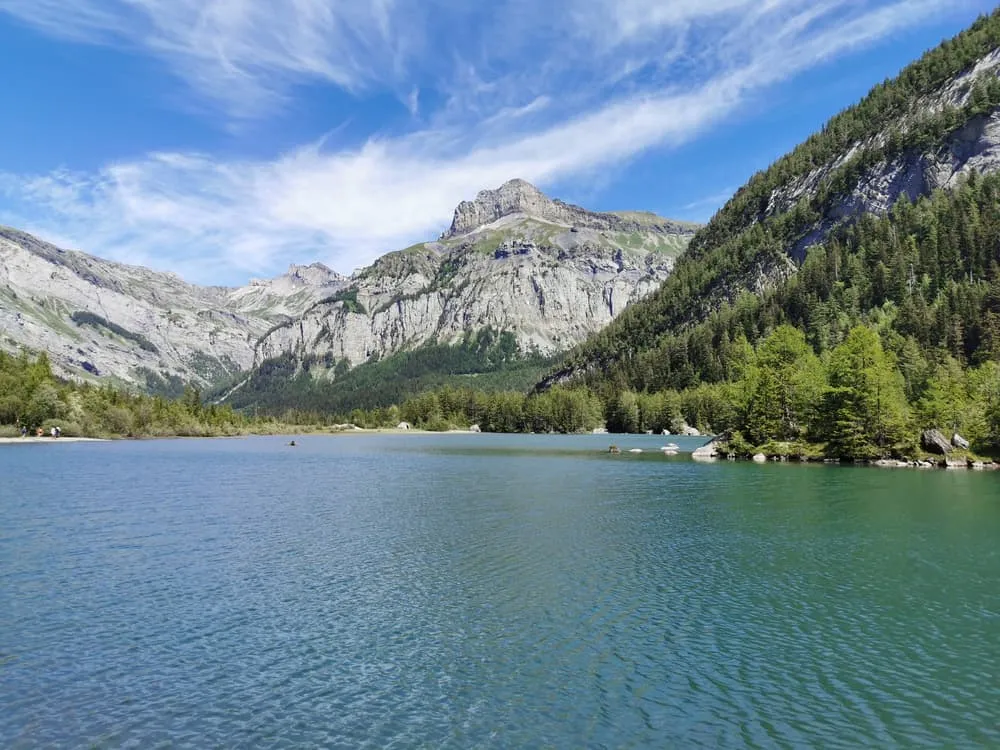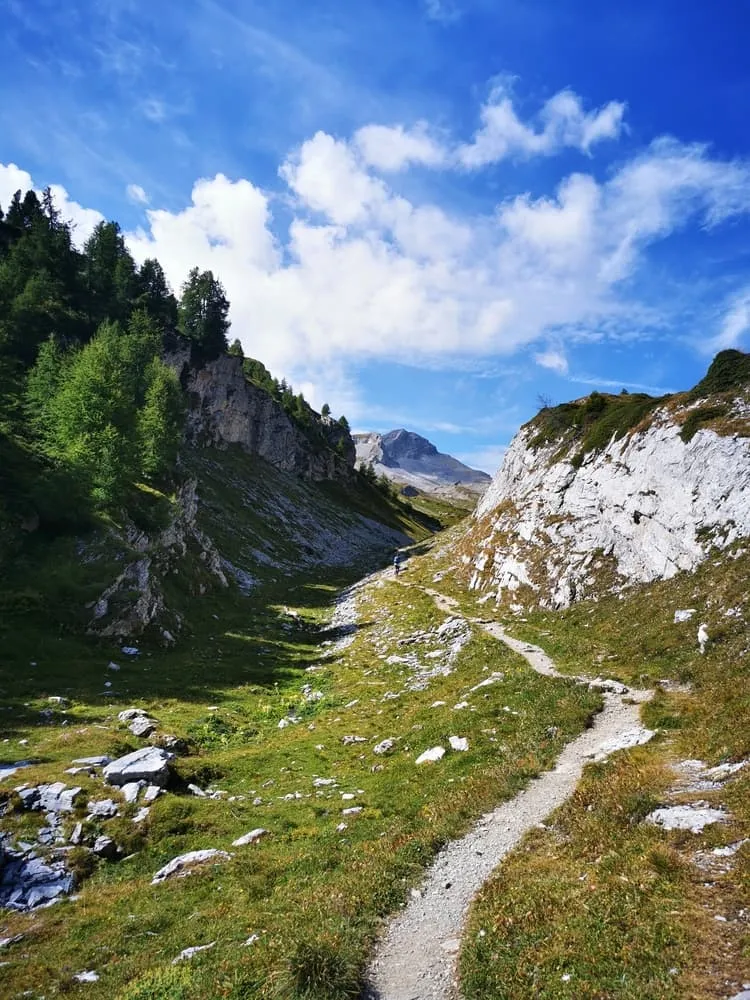The Tour des Muverans? "Never heard of it!" Well, that may be the reaction when you share your plans for your next hut-to-hut trek in Switzerland. Like the Tour des Combins, for example, the Tour des Muverans is one of the Alps' better-kept secrets. Away from the Instagram masses of the Tour du Mont Blanc, back to the basics of the classic hut-to-hut tour. Pure hiking, classic cabanes and, of course, raclette!
The Tour des Muverans connects the cantons of Vaud and Valais around the Muverans mountain peak massif. The Muverans massif is located between Lake Geneva, Sion and Martigny, making getting to and from it very easy. It's a fantastic example of hut to hut hiking Switzerland, offering accessibility combined with stunning alpine scenery.










Comments